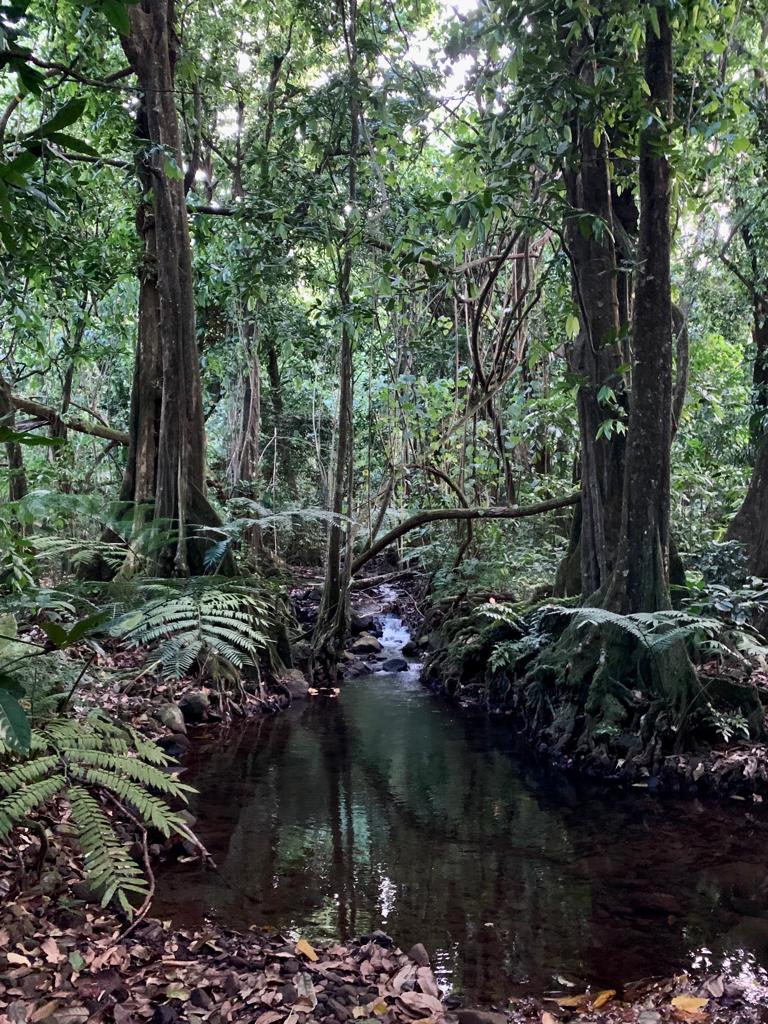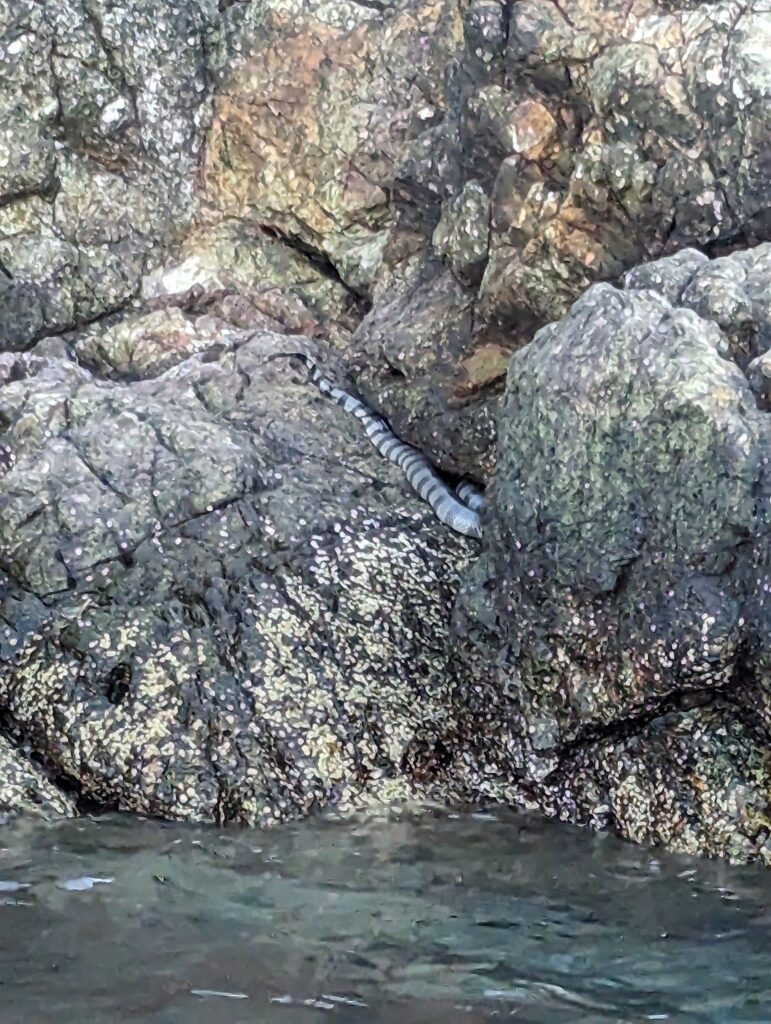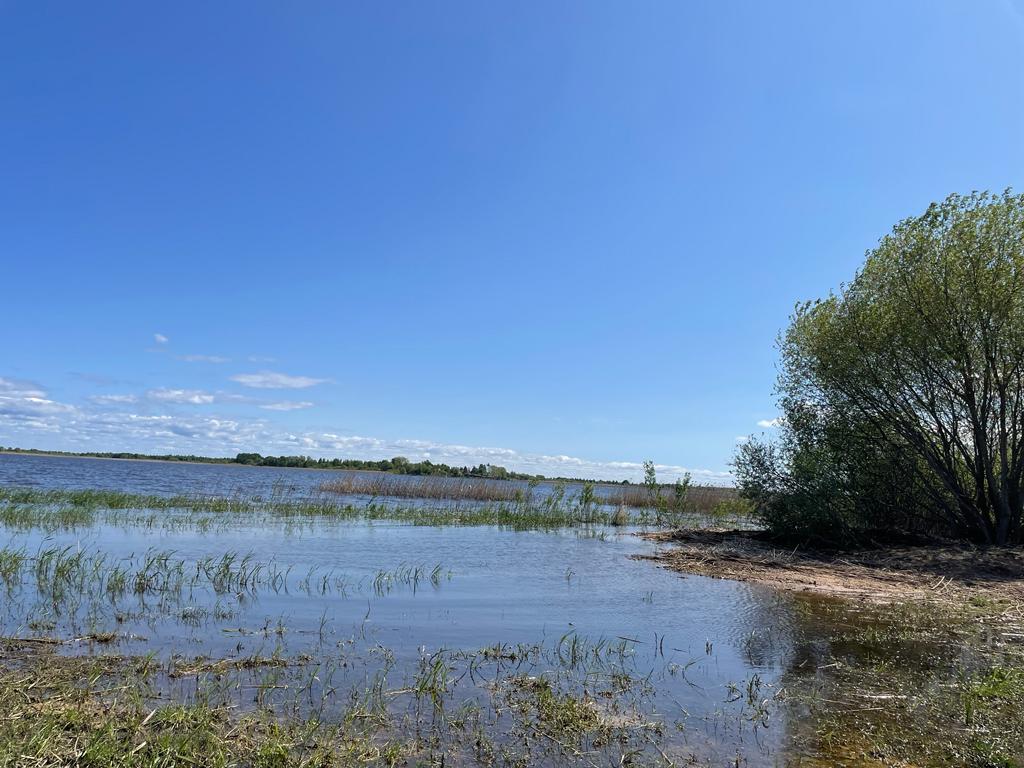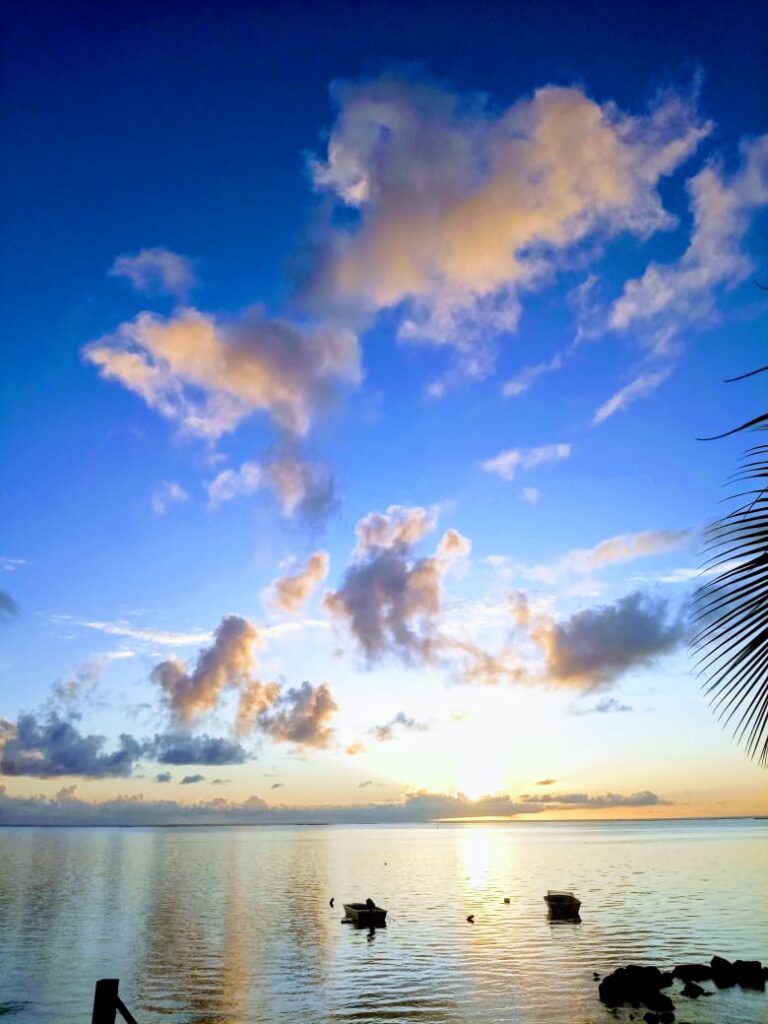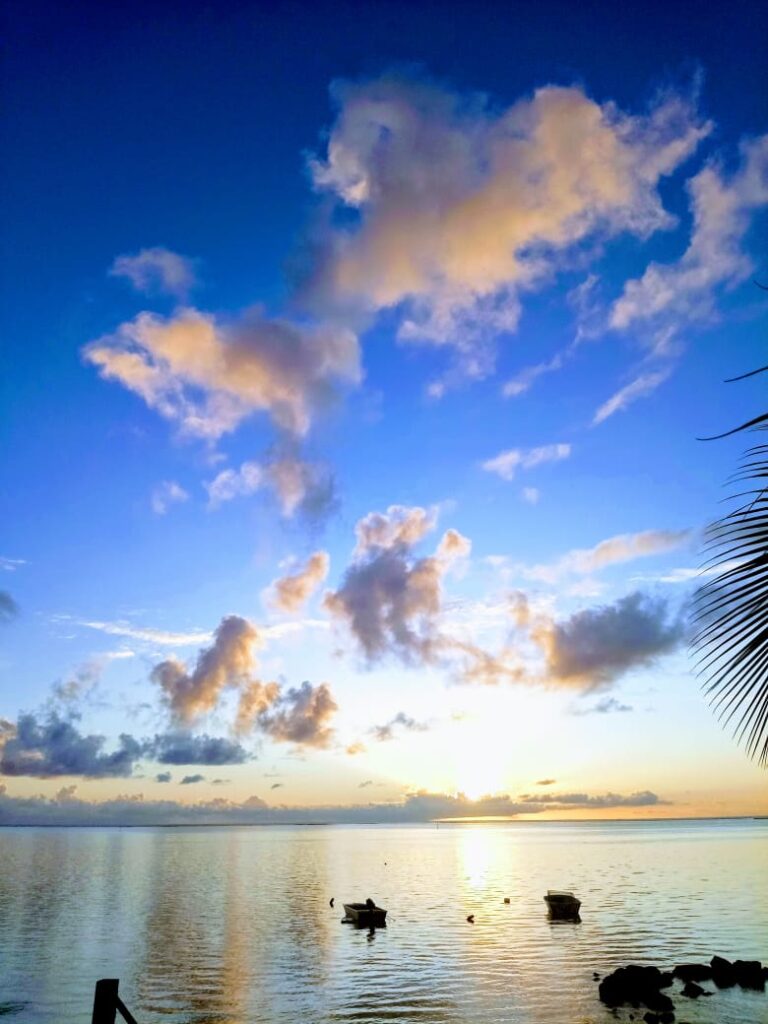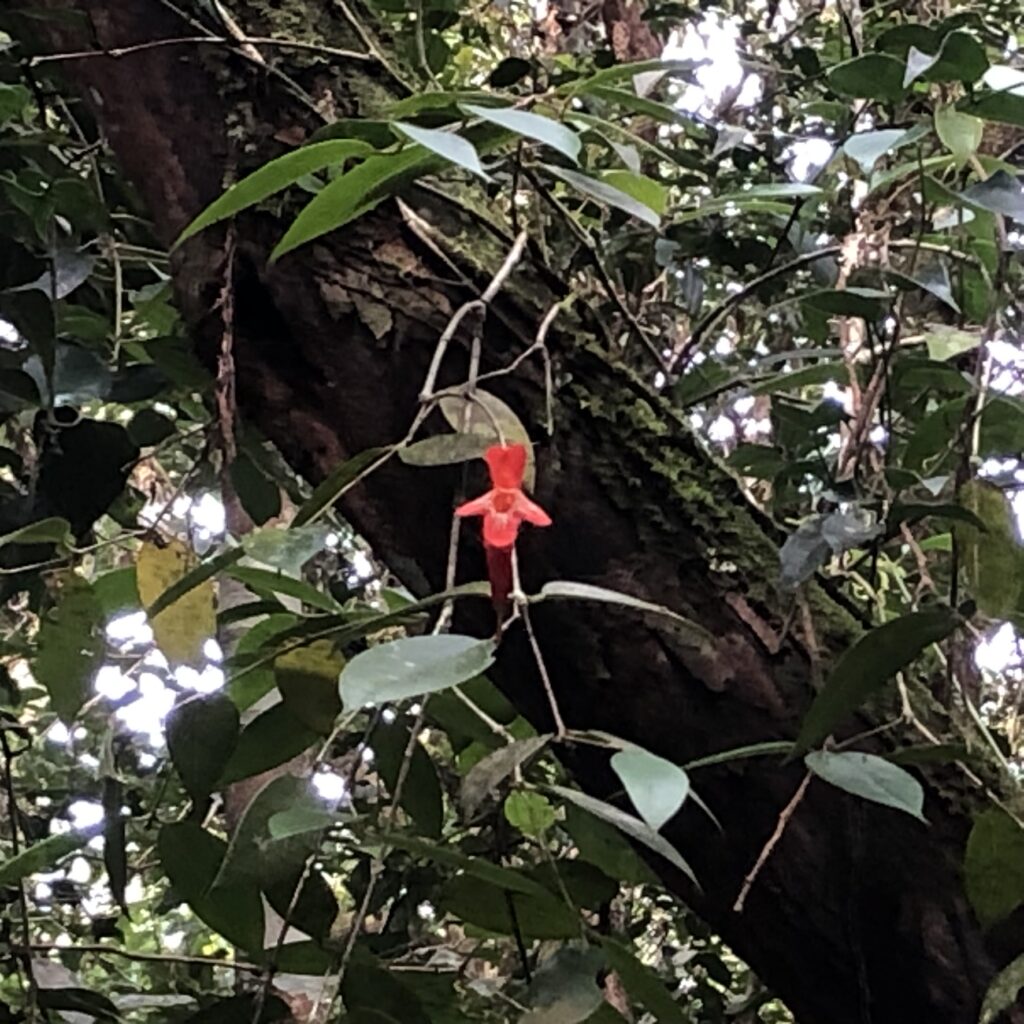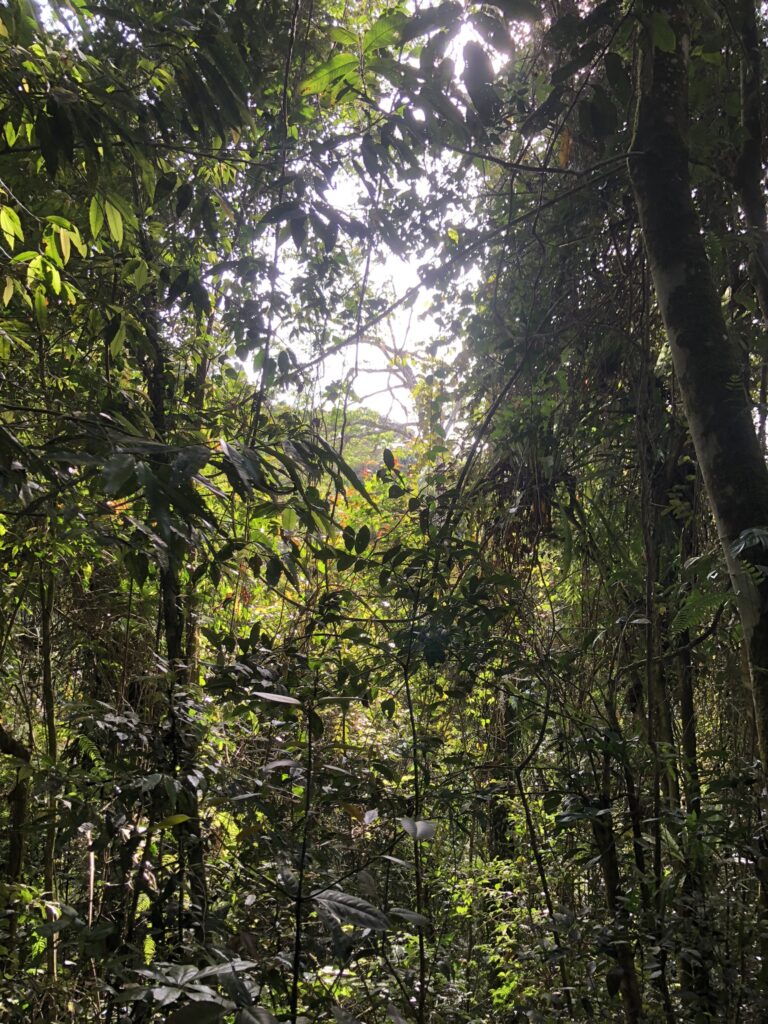Dear Integral Meditators,
Sometimes we may not feel like meditating sitting down because we have been sitting down at our desk all day already. Of course it is possible to lie down to meditate, but there are also a variety of standing meditations that we can do. Standing meditations often focus on energy building and balancing as their objective. The practice of ‘standing like a tree’ I outline below is an example of one such meditation from the qi gong tradition.
If you like the article then do consider coming along to the Meditation and Mindfulness for Self-Healing and Creating High Levels of Energy this Saturday 8th July, 9.30am-12.30pm.
In the spirit of connection,
In the spirit of health & energy,
Toby
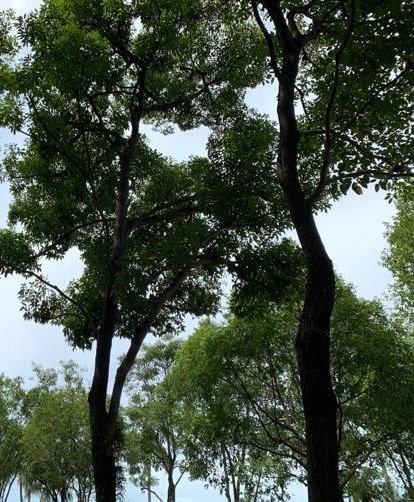
Standing Like a Tree
In Qi Gong trees are taken as a role model for our standing posture, as they are strong, stable and balanced, with their roots deep in the earth, and their branches reaching high into the heavens. In the meditation called ‘Standing like a tree’ We try and emulate this in our own standing posture; drawing stability from our connection to the earth through our feet, keeping our centre of gravity low in our belly, our upper body relaxed, our head and shoulders open to receiving energy from the sky, sun and stars.
The meditation
Imagine now that there is a tall, strong, and beautiful tree in front of you (if you can stand in front of an actual tree all the better!). Feel and see its roots extending down into the earth, drawing up energy, water and nutrients. Feel the strength and flexibility of its trunk, and the branches reaching high into the sky, drawing down qi and light from the sky.
Now become the tree. Feel your roots flowing down deep into the earth giving you deep stability and energy. Feel the stability of your trunk, flexible and strong. Feel your branches and leaves reaching up toward the sky and sun, drawing down their qi into your being. Now as you breathe, feel every cell in your body breathing in qi from the earth beneath you and the sky above you. Feel light and qi flowing in and out of every cell in your body as you breathe in and out.
Directing energy with the hands and palms:
We can learn to direct qi though our body in a more powerful way through the positioning of our hands. If you like, you can try the following hand and arm positions as you ‘stand like a tree’. Initially this should not be done for more than five minutes at a time.
- Whilst focusing on your roots (the soles of your feet) angle the palms of your hands upward so that they are facing the earth. As you breathe in feel qi rising from the earth below into your body. As you breathe out, feel that earth-qi expanding through each cell of your body.
- Now raise your hands and arms up so that they are at shoulder height, parallel to the ground. Face your left palm down, and your right palm up. As you hold this posture, feel qi rising up from the earth beneath you into your trunk/torso, and simultaneously feel the flow of sky-qi flowing down through your crown, head and shoulders. Feel these two energies merging and harmonizing in the centre of your torso.
- Now raise your hands above your head, opening the palms to the sky above. Feel as if you have branches and leaves reaching up into the sky, drawing down qi and light from the sun, stars and sky. As you breathe, feel this sky-qi moving and flowing through
- Move back to position 2, and then to position 1, ending in the basic standing posture.
Related article: Meditating with trees & plants
© Toby Ouvry 2023, you are welcome to use or share this article, but please cite Toby as the source and include reference to his website www.tobyouvry.com
All upcoming classes and workshops at IMA:
Ongoing – Weekly Tuesday, Wednesday Online class schedule
Ongoing on Wednesday’s, 7.30-8.30pm – Wednesday Meditation for stress transformation and positive energy with Toby (Bukit Timah)
Ongoing on Tuesday evenings, 7.30-8.30pm – Tuesday Meditation for stress transformation and positive energy with Toby (East Coast)
Ongoing, Tues/Weds evening 7.30-8.30pm– Becoming a self-determining entity – A six-week course in Mindful Self-Leadership
Saturday the 8th July 9.30am-12.30pm – Meditation and Mindfulness for Self-Healing and Creating High Levels of Energy
Saturday July 15th, 9.30-11.30am – Monthly Qi Gong & Taoist Breathwork Clinic & Mini-retreat
Integral Meditation Asia
Online Courses * 1:1 Coaching * Books * Live Workshops * Corporate Mindfulness Training *Life-Coaching * Meditation Technology

